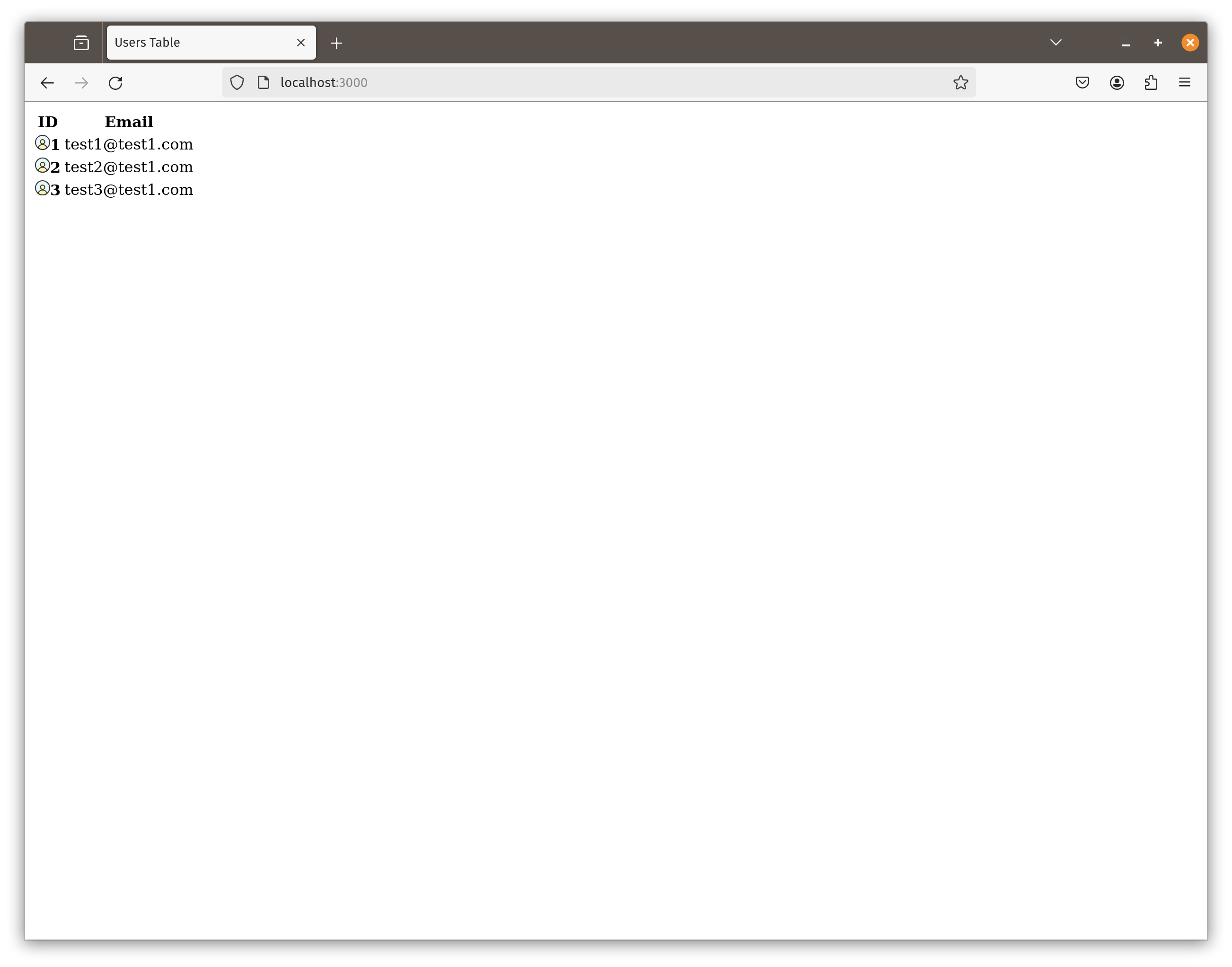Assets and Cache Busting
We'll want to add assets to our project such as images, css and perhaps javascript (but hopefully not javascript).
Cache busting is where we invalidate a cached file and force the browser to retrieve the file from the server. We can instruct the browser to bypass the cache by simply changing the filename. To the browser, this is a completely new resource so it will fetch the resource from the server. The most common way to do this is to add the hash of the file to the URL.
We can also generate some code so the assets are available in our Rust pages and then we get the added benefit that if the files are deleted or names are changed we get compiler errors.
Create an Asset Pipeline
cargo init --lib crates/web-assets
Add an image
Add the following to crates/web-assets/images/favicon.svg
<svg xmlns="http://www.w3.org/2000/svg" viewBox="0 0 256 256"> <rect width="256" height="256" fill="none"></rect> <line x1="208" y1="128" x2="128" y2="208" fill="none" stroke="currentColor" stroke-linecap="round" stroke-linejoin="round" stroke-width="32"></line> <line x1="192" y1="40" x2="40" y2="192" fill="none" stroke="currentColor" stroke-linecap="round" stroke-linejoin="round" stroke-width="32"></line> </svg>
Using Cache Busters
We'll use Cache Busters to generate code that allows to access assets in a typesafe way. Cache busters also handles hashing so that we never have to worry about the browser deploying the wrong CSS or Images.
Create a crates/web-assets/build.rs so that the main method looks like the following.
use cache_busters::generate_static_files_code; use std::env; use std::path::PathBuf; fn main() { let static_out_dir = PathBuf::from(env::var("OUT_DIR").unwrap()); // Example of multiple asset directories let asset_dirs = vec![ PathBuf::from("./images"), ]; generate_static_files_code(&static_out_dir, &asset_dirs).unwrap(); }
Setup our dependencies
cd crates/web-assets cargo add [email protected] cargo add --build [email protected]
build.rs will now take our assets and turn them into rust functions. It handles creating a hash for the assets so we get good browser cache busting.
Export the Assets
We needs to export our assets from our crate overwrite the crates/web-assets/src/lib.rs
include!(concat!(env!("OUT_DIR"), "/static_files.rs")); pub use statics as files;
Configuring a route for our assets
Back to our web-server crate.
create a new file crates/web-server/src/static_files.rs and add the following function.
use axum::body::Body; use axum::http::{header, HeaderValue, Response, StatusCode}; use axum::response::IntoResponse; use axum_extra::routing::TypedPath; use serde::Deserialize; use tokio_util::io::ReaderStream; use web_assets::files::StaticFile; #[derive(TypedPath, Deserialize)] #[typed_path("/static/*path")] pub struct StaticFilePath { pub path: String, } pub async fn static_path(StaticFilePath { path }: StaticFilePath) -> impl IntoResponse { let path = format!("/static/{}", path); let data = StaticFile::get(&path); if let Some(data) = data { let file = match tokio::fs::File::open(data.file_name).await { Ok(file) => file, Err(_) => { return Response::builder() .status(StatusCode::NOT_FOUND) .body(Body::empty()) .unwrap() } }; // convert the `AsyncRead` into a `Stream` let stream = ReaderStream::new(file); return Response::builder() .status(StatusCode::OK) .header( header::CONTENT_TYPE, HeaderValue::from_str(data.mime.as_ref()).unwrap(), ) .body(Body::from_stream(stream)) .unwrap(); } Response::builder() .status(StatusCode::NOT_FOUND) .body(Body::empty()) .unwrap() }
And add the following route in crates/web-server/src/main.rs in the section where we defined our routes.
.route("/static/*path", get(static_files::static_path))
And change the mod section so it includes the following.
mod static_files;
Using our image
Let's add the image to the page.
In our crates/web-pages directory run...
cargo add --path ../web-assets
And update the crates/web-pages/src/root.rs so it includes our image.
use crate::{layout::Layout, render}; use db::User; use dioxus::prelude::*; use web_assets::files::favicon_svg; pub fn index(users: Vec<User>) -> String { let page = rsx! { Layout { // <-- Use our layout title: "Users Table", table { thead { tr { th { "ID" } th { "Email" } } } tbody { for user in users { tr { td { // 👇 We added the image img { src: favicon_svg.name, width: "16", height: "16" } strong { "{user.id}" } } td { "{user.email}" } } } } } } }; render(page) }
Update your just file so any changes to the web-pages crate are reflected in the browser.
Add this -w crates/web-pages.
The Finished Result
That was a lot of work to put images on the screen but don't forget we now have a typesafe way to access images.

